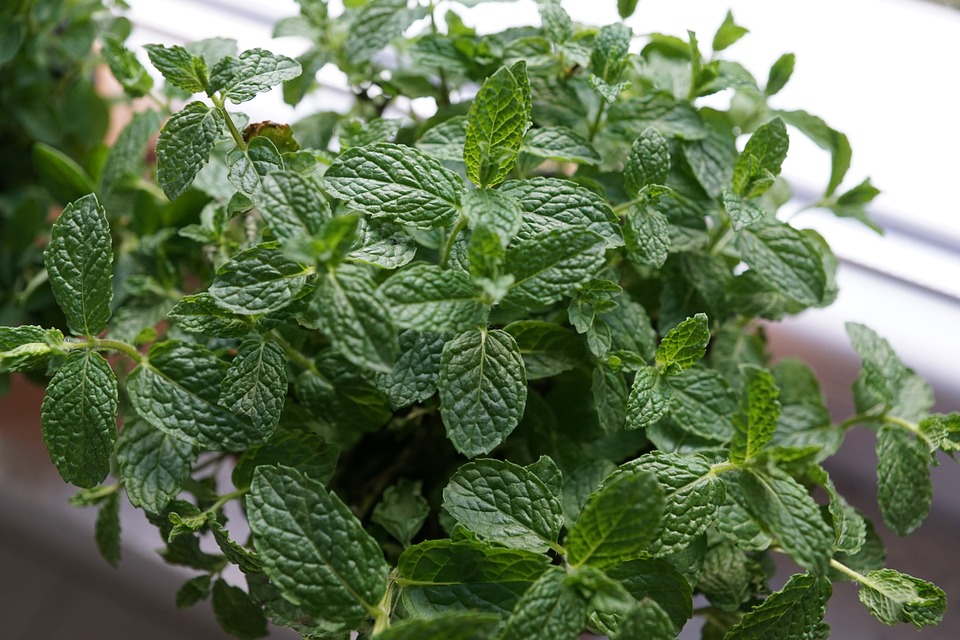
Growing a kitchen garden means growing the herbs and vegetables that you will cook.
Known in the past as potagers or victory gardens, growing a kitchen garden is a trend that even a president has participated in. The White House kitchen garden has received much publicity, and deservedly so.
Usually grown close to the kitchen door so that you only need to walk out and pick your seasonings for your dinner pot, kitchen garden allows you to plant what you personally like and can grow easily. You do not have to grow everything! This will take the stress off you and let you really enjoy kitchen gardening. It is a very relaxing and healthy hobby, and creating a beautiful landscape wherever you decide to grow your plants is a great feeling of satisfaction.
To start your kitchen garden, you will need to think where the sunniest area is in your property.
If it is close to your kitchen all the better, but perhaps, it is in front of your house. You may question – vegetables and herbs in the front entry area? But, if you look to where your plants will grow best, you will find that they will always be an asset to your landscape and attractive to your visitors. You will get positive comments and a fruitful kitchen garden.

Remember when planting your kitchen garden, think of the plant’s needs first, and then find a way to incorporate them into your landscapes.
Organic gardening is gardening without chemicals and it is how many prefer to grow their kitchen gardens. Growing organically is not hard at all and it incorporates some fun activities like compost tumbling and worm bins. They sound weird, right? Well, they are not. This is how our ancestors managed their farms when they were self-sufficient. Even today, the preppers and survivalists are right when they say that knowing how to garden and grow your own food is a necessary skill. But it is also fun and a great activity to do with your kids.
Many vegetables have attractive foliage and can be used to fill in areas of your border. “Bright Lights” Swiss chard has colorful stems: they are pink and orange. Kale’s leaves, on the contrary, are a lovely blue-green - they are at their best in the cooler temperatures of spring and fall. This will green up your landscape when all other plants are just leafing out or when they are dropping their leaves in fall. Plan to grow two crops of this mineral-rich leafy green plant.
Now, tomatoes come in red, yellow, pink and purple, even white in solids and stripes! Along with colorful sweet bell peppers which can be black, chocolate, red, yellow as well as shiny green, they will certainly add colors to your landscape and feed your whole family. Plant a rainbow kitchen garden with your kids and everyone will enjoy kitchen gardening!

Depending on your climate, you may or may not be able to leave the plants out throughout the whole year. If your temperatures go down to frosts or freezing temperatures, your annual and tender plants (those plants that can grow in your summer but not rated for your winter) will die. Your perennial plants that are rated for your area will survive until spring. All others might just have to come inside with you. There is no need to spend the winter plant-less while dreaming of your next kitchen garden!
Click & Grow Smart Herb Garden and Wall Farm - the most advanced and easiest indoor gardening solutions
You may also like
The Ultimate Guide to Spring Cleaning Your Garden
5 Eco-Friendly Landscaping Ideas You Should Consider
Water Works: How to Keep Soil Moist in Your Garden
